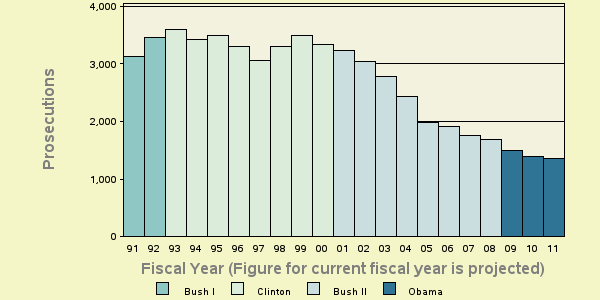Is the ECB Really Powerless? (Part III)
(Update added below)
In our last post on this topic, we found the head of the Bundesbank citing legal obstacles (Article 123 of the EU treaty) as the reason why the European Central Bank cannot step up as lender of last resort. Can the ECB work around that Article 123 restriction?
In the last couple of days we’ve seen reports of a new, convoluted approach in which the ECB would lend to the IMF, which would in turn directly buy member-state debt. Marshall Auerback noted another possible workaround, via a mechanism the ECB has already used (though not to the extent that would be necessary): the ECB can get around the prohibition on buying member-country debt in the primary market by doing so through the secondary market. (On the ECB buying bonds in the secondary market, Brad Plumer of the Washington Post has a nice quote from Richard Portes of the London Business School: “If that’s illegal, then officials should already be in jail. Because they’ve been doing it sporadically since May of 2010.”)
At Modeled Behavior, Karl Smith questions whether this would really work. He points out that while the ECB has conducted limited buying of this sort in the secondary market, what would be required for the ECB to act as lender of last resort would be unlimited buying. Smith then runs down the legal obstacles to unlimited ECB operations, citing two provisions that could stand in the way of this secondary market solution:
The first provision says that the ECB cannot target a price for Italian Debt on the secondary market.
The second provision says that ECB cannot guarantee that newly issued Italian debt will stand as collateral under repurchase agreements.
If the ECB were able to do either of the above things then it could provide guaranteed liquidity to the holders of Italian debt and cause the yield to collapse towards the overnight rate.
Smith ends by offering a couple of alternative routes, but in many ways, this may all be beside the point. If you read between the lines in interviews given by people like Jens Weidmann, what comes through is not simply an expression of regret regarding the obstacles to a lender of last resort function, but something more like an endorsement of the value of these Article 123-type restrictions. The barriers, in other words, seem to be more a matter of ideology and politics.
Update: Ramanan adds some serious value to this discussion in comments (go take a look), including a link to a 2006 paper by Wynne Godley and Marc Lavoie in which they consider this very issue of working around the rules prohibiting the ECB from directly financing member-state Treasuries. From the paper (emphasis mine): continue reading…





 ShareThis
ShareThis